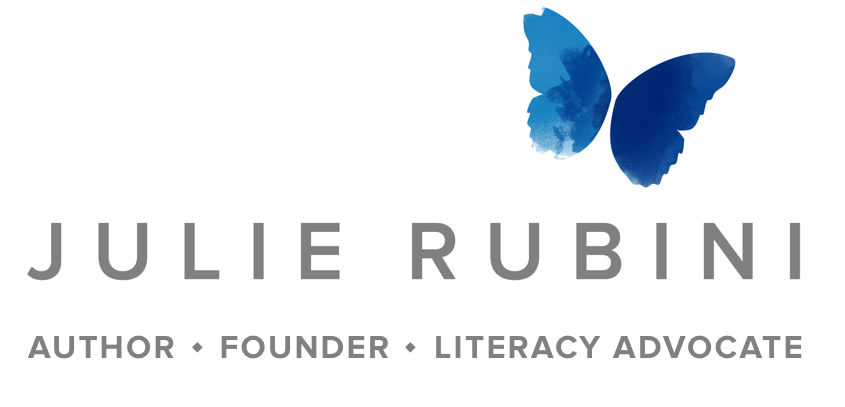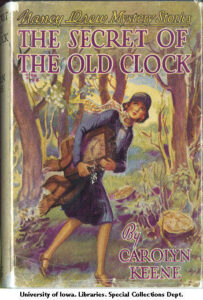She was a gift to All
I had a wonderful time recently sharing the life of Virginia Hamilton, sponsored by Ohio Humanities and hosted by the National Afro American Museum and Cultural Center.
We had over 100 participants who joined me as I walked them through Virginia’s life journey, from her adventures as a little girl growing up in Yellow Springs, Ohio to her college years at Antioch College and The Ohio State University, to her beautiful love story with Arnold Adoff, which began in New York City.
The city proved to be an inspiring start for both Virginia’s writing career as well as Virginia and Arnold’s family life. Virginia’s first novel, Zeely, was written while living in New York, and their two children, Leigh and Jaime were born there.
But the call of home, of extended family, was strong and Virginia and Arnold eventually resettled back in Yellow Springs, on a plot of land carved from her family’s original farm. Virginia and Arnold built their dream home, where they raised their children, all the while creating stories and poetry from their respective workspaces. Virginia’s study was on the main floor, and as she looked out her windows beyond her desk, the 100-year-old hedgerow served as a daily reminder of her history.
Virginia was a natural-born storyteller, influenced by the yarns that swirled around her, spun from the hearts and minds of her elders. Virginia drew upon these stories, to craft her own. Virginia referred to these recollections as her “Rememory” which she defined as “an exquisitely-textured recollection, real or imagined, which is otherwise indescribable.”
Virginia wrote forty-one books in her short lifetime. She won EVERY major award extended to writers of children’s literature. Sadly, she left this world all too soon, after quietly and bravely battling breast cancer for ten years.
Virginia is still revered in the world of children’s literature, and her legacy continues through the annual Virginia Hamilton Conference on Multicultural Literature for Youth held at Kent State University. Virginia’s works live on, in libraries, schools, and private collections around the world.
Now, five of Virginia’s novels for young readers are being re-presented by the Library of America. Virginia Hamilton: Five Novels is to be released on September 14, 2021. You may preorder your copy here.
As a final note, I’d like to thank all of those who subscribed to this blog as a result of my presentation. And, the winner of a copy of Virginia Hamilton: Five Novels is Susie Loik.
Ms. Loik offered these kind words upon being informed of her prize, “Your work to bring Virginia Hamilton’s contributions to light are commended. I am learning so much that I wish had been deemed relevant during my years of formal education. She was a gift to All.”
Virginia was indeed a gift to All.





 vi
vi






 I knew that the movie was based on a story, so as I do after watching a film based on real-life, I researched and found the original article that Mr. Junod penned. What started as a small article became 10,000 words and served as the cover story for the magazine. As honoring and humbling as that would be for any writer, I can only imagine what a transformative experience it was for the journalist. The movie did a great job in sharing Mr. Junod’s growth through the process of coming to know Mr. Rogers. Despite the investigative journalist’s misgivings, believing that there was the public persona of Mr. Rogers, and then there was the man off-camera, Mr. Junod ultimately discovered they were one in the same.
I knew that the movie was based on a story, so as I do after watching a film based on real-life, I researched and found the original article that Mr. Junod penned. What started as a small article became 10,000 words and served as the cover story for the magazine. As honoring and humbling as that would be for any writer, I can only imagine what a transformative experience it was for the journalist. The movie did a great job in sharing Mr. Junod’s growth through the process of coming to know Mr. Rogers. Despite the investigative journalist’s misgivings, believing that there was the public persona of Mr. Rogers, and then there was the man off-camera, Mr. Junod ultimately discovered they were one in the same.